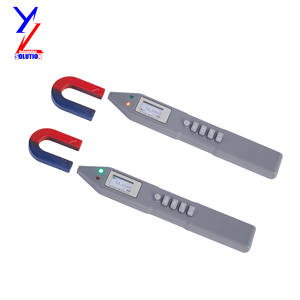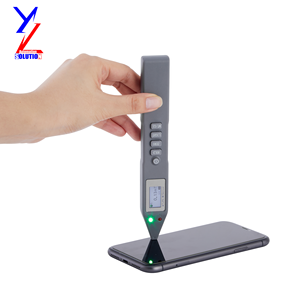Introduction to Testing Toolkit
A testing toolkit is an essential collection of instruments and software designed to facilitate the evaluation and validation of products, systems, or processes. These toolkits are primarily used across various industries, including software development, electronics, and manufacturing, to ensure quality, performance, and reliability. Whether you are a developer looking to streamline your code testing or a manufacturer ensuring product functionality, a well-composed toolkit offers the necessary components to achieve accurate testing outcomes.
Types of Testing Toolkits
- Software Testing Toolkit: This includes tools for unit testing, integration testing, end-to-end testing, and performance testing. Common examples are Selenium and JUnit.
- Hardware Testing Toolkit: Comprising devices such as oscilloscopes, multimeters, and logic analyzers, this toolkit is crucial in the electronics sector for validating circuit designs.
- Quality Assurance Toolkit: These include procedures and checklists for performance assessments, documentation, and compliance checks, ensuring that products meet standard requirements.
- Network Testing Toolkit: Focused on diagnosing network performance, these include tools for load testing, bandwidth monitoring, and packet analysis, vital for IT infrastructure.
Features and Functions of a Testing Toolkit
The effectiveness of a testing toolkit lies in its robust features and capabilities designed to meet specific testing needs.
- Comprehensive Testing Options: A diverse range of testing methods is covered—from functionality and performance to security and compatibility testing.
- User-Friendly Interfaces: Most modern toolkits provide intuitive interfaces that allow users with varying skill levels to navigate and utilize the tools effectively.
- Automation Capabilities: Many toolkits now come equipped with automation features, reducing the time and effort needed for repetitive testing tasks.
- Reporting and Analytics: Advanced toolkits offer reporting tools that generate insights and metrics, allowing users to assess performance and identify areas for improvement.
Applications of Testing Toolkits
The applications of a testing toolkit span numerous sectors where validation is crucial:
- Software Development: Ensuring applications perform correctly and efficiently before deployment, safeguarding against bugs and performance issues.
- Product Manufacturing: Testing prototypes for quality assurance to meet safety regulations and consumer expectations.
- Network Configuration: Validating network setups, ensuring they can handle expected loads, and diagnosing existing issues.
- Education and Training: Used in teaching environments to demonstrate testing methods and their importance in product lifecycle management.
Advantages of Using a Testing Toolkit
Adopting a testing toolkit brings several advantages that enhance quality assurance processes across various domains:
- Improved Quality Control: Streamlined testing leads to increased product reliability and customer satisfaction.
- Cost-Effective Solutions: By identifying defects early in the development cycle, companies can reduce waste and avoid costly post-production fixes.
- Enhanced Productivity: Automation and efficient testing workflows allow teams to focus on development rather than manual testing chores.
- Scalability: As businesses grow, testing toolkits can expand in functionality to accommodate new testing requirements, ensuring they remain relevant.





















































 Ready to Ship
Ready to Ship